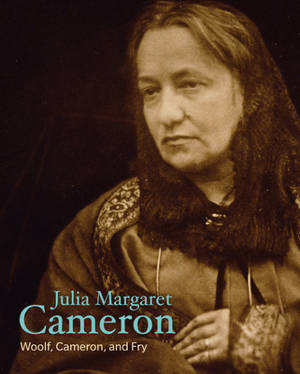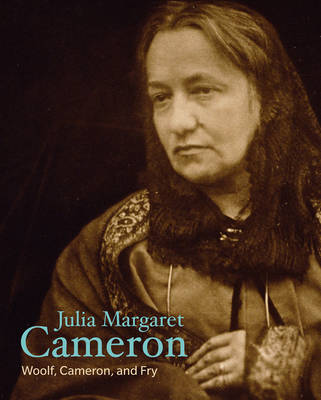
- Afhalen na 1 uur in een winkel met voorraad
- Gratis thuislevering in België vanaf € 30
- Ruim aanbod met 7 miljoen producten
- Afhalen na 1 uur in een winkel met voorraad
- Gratis thuislevering in België vanaf € 30
- Ruim aanbod met 7 miljoen producten
Zoeken
Omschrijving
Julia Margaret Cameron (1815-1879) had a short but prolific career as a photographer, taking up the camera in her late forties. Her work, with its distinctive, softly focused style, was not appreciated during her lifetime, and the first earnest treatment of Cameron as an artist came decades after her death in the 1926 book Victorian Photographs of Famous Men and Fair Women by Virginia Woolf and Roger Fry. Reprinted in this volume, the 1926 text contains a vibrant account of Cameron's life by Woolf, who portrayed her great-aunt as a vivacious woman full of talent, energy, and passion. Roger Fry's essay "Mrs. Cameron's Photographs" is the first serious scholarly study of her work, in which he argues that Cameron's photographs show that the medium could be elevated from one of rote, mechanical reproductions to a form with true artistic potential. Readers will also find Cameron's autobiographical essay "The Annals of My Glass House," and her only surviving poem, "On a Portrait." Twenty plates from the original volume are supplemented with additional photographs that enrich our understanding of Cameron's style and the Victorian era. An introduction by Tristram Powell acquaints the reader with this fascinating woman and her major contributions to early photography.
Specificaties
Betrokkenen
- Auteur(s):
- Uitgeverij:
Inhoud
- Aantal bladzijden:
- 192
- Taal:
- Engels
- Reeks:
Eigenschappen
- Productcode (EAN):
- 9781606065808
- Verschijningsdatum:
- 30/10/2018
- Uitvoering:
- Paperback
- Formaat:
- Trade paperback (VS)
- Afmetingen:
- 117 mm x 145 mm
- Gewicht:
- 204 g

Alleen bij Standaard Boekhandel
+ 39 punten op je klantenkaart van Standaard Boekhandel
Beoordelingen
We publiceren alleen reviews die voldoen aan de voorwaarden voor reviews. Bekijk onze voorwaarden voor reviews.











